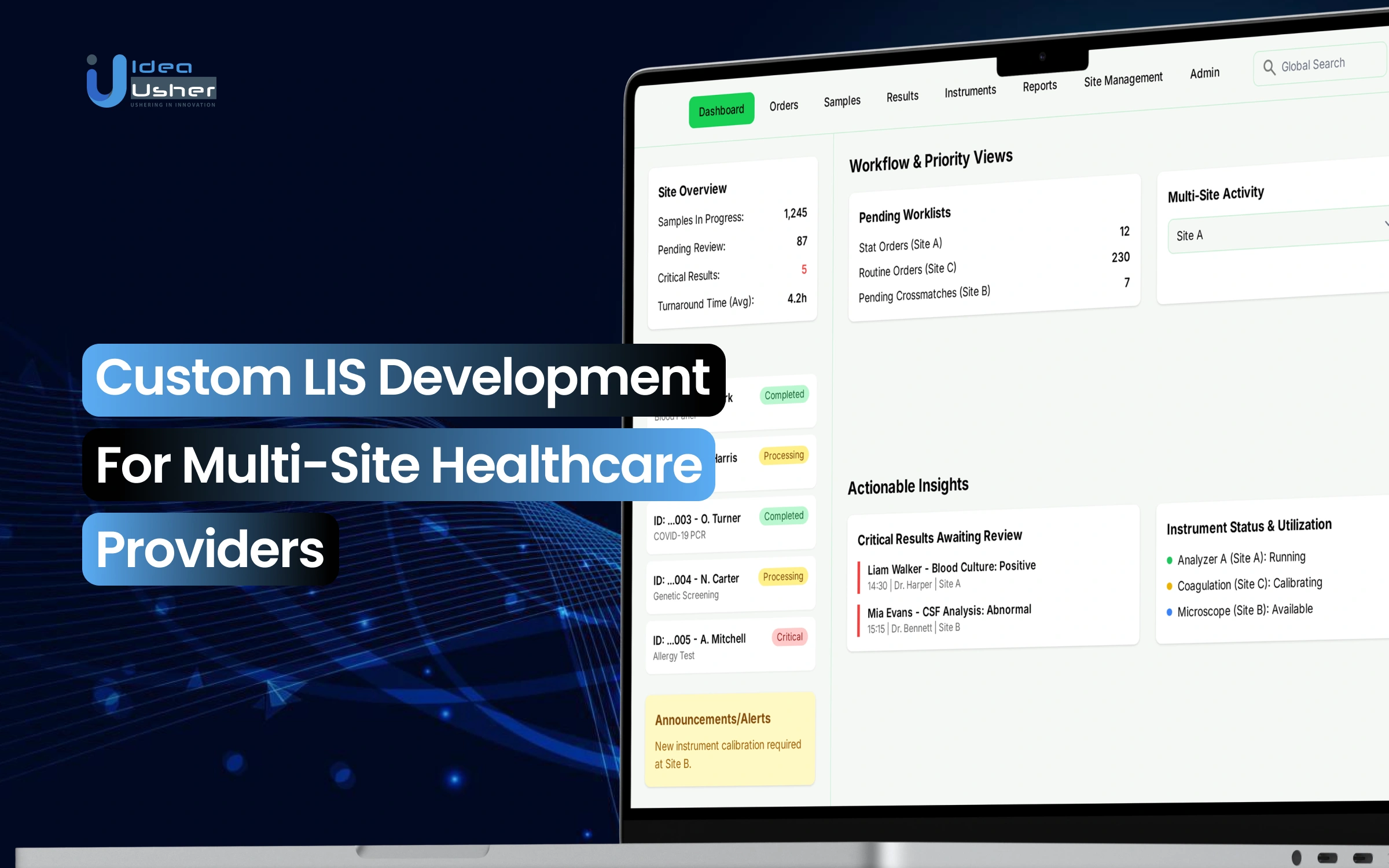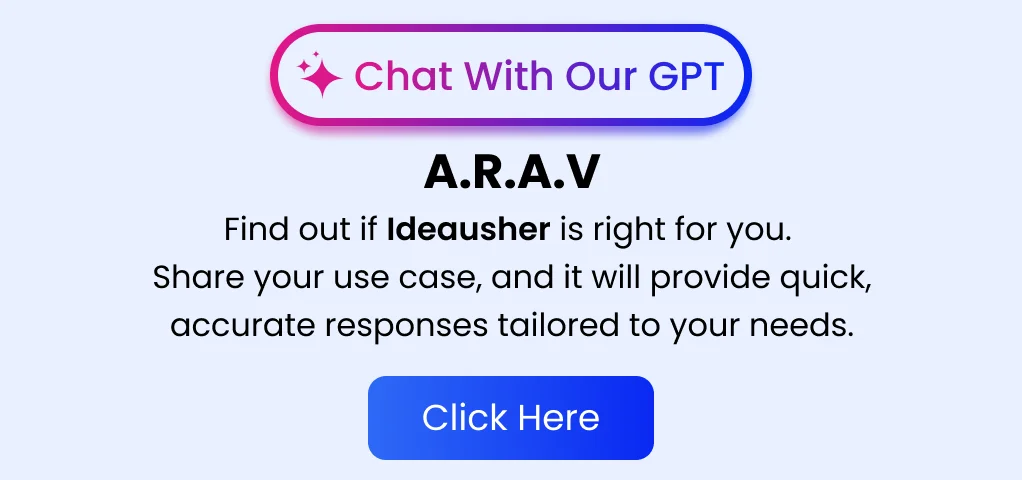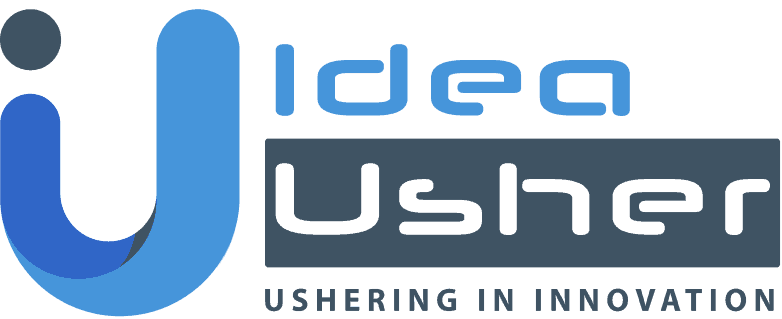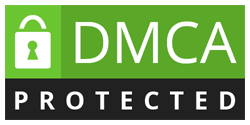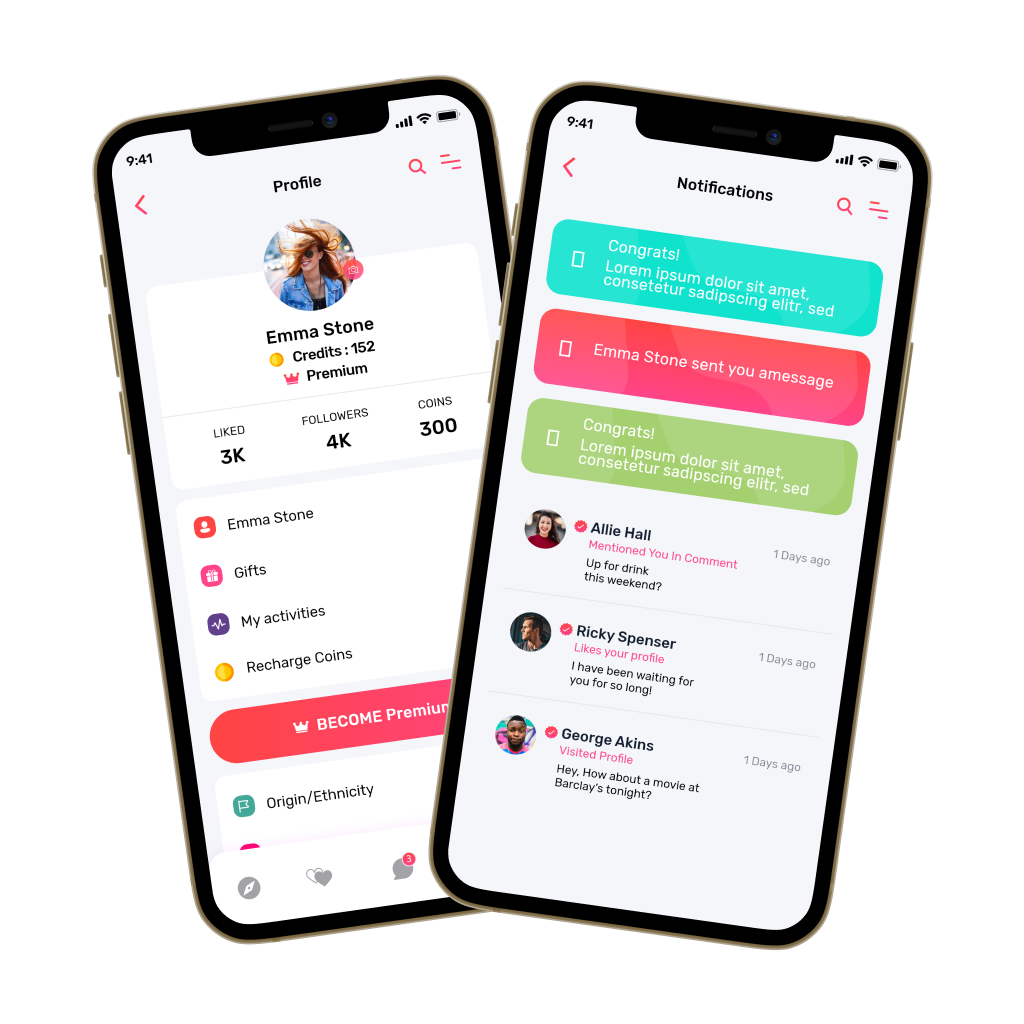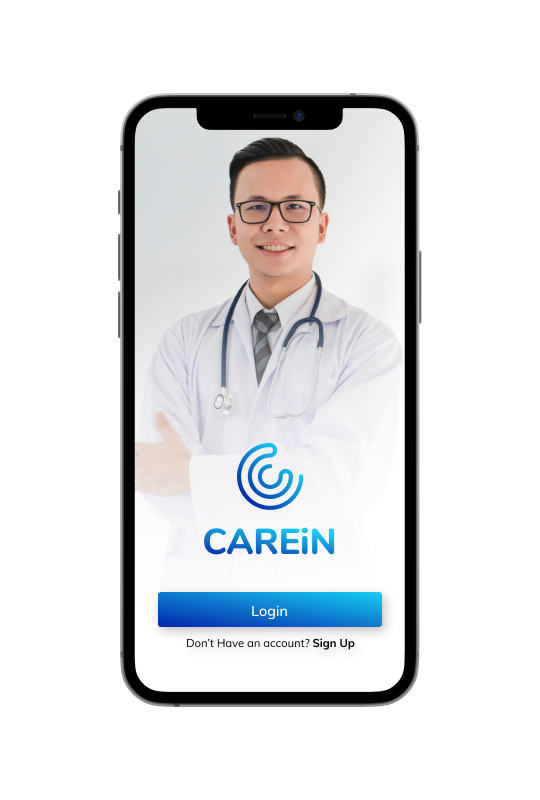Running lab operations across multiple facilities takes careful planning, clear communication, and the right systems to keep everything on track. Different sites often use their own reporting standards, work with separate systems that don’t connect, and face delays that slow results. These challenges affect efficiency and patient care, making it increasingly important to find better ways to manage lab operations as testing demands grow and compliance rules tighten.
That’s why a well-designed Custom Laboratory Information System (LIS) is essential for multi-site healthcare providers. It needs to match the way each site works while giving the whole network one reliable, central system. A good custom LIS can improve consistency and speed by streamlining workflows, automating data sharing, and integrating smoothly with existing healthcare systems. It replaces scattered tools with a single, scalable platform that improves accuracy and keeps everything compliant.
In this blog, we’ll walk through what goes into building a custom LIS for multi-site healthcare providers. We’ll look at the key features, the development process, and what costs to expect so labs can deliver faster, more coordinated care. With our experience in the healthcare industry, IdeaUsher helps healthcare networks build efficient, scalable systems that add real value and make work easier for everyone.

What is Custom Laboratory Information Software (LIS)?
A custom Laboratory Information System is a software solution that is specifically designed, developed, and tailored to the unique workflows and processes of an individual laboratory or healthcare organization. Unlike off-the-shelf software, a custom LIS is built to meet exact specifications, including specific business needs, complex lab operations, and unique integration requirements.
Why It Matters: The Critical Role of a Custom LIS
Implementing a custom Laboratory Information System (LIS) can boost a lab’s efficiency and data accuracy. A tailored LIS meets specific needs and offers several advantages.
- Optimized Workflow Automation: Streamlines processes such as sample tracking, result reporting, and inventory management, reducing manual intervention and increasing throughput
- Enhanced Data Accuracy and Integrity: Minimizes human errors by automating data entry and ensuring consistent data formats, leading to more reliable test results.
- Seamless Integration with Existing Systems: Custom LIS solutions can be designed to integrate smoothly with existing laboratory instruments and software, ensuring cohesive operations.
- Regulatory Compliance Assurance: Helps laboratories adhere to industry standards and regulations by incorporating necessary compliance features into the system.
- Scalability and Flexibility: As laboratory needs evolve, a custom LIS can be adapted and expanded to accommodate new requirements without significant overhauls.
Custom LIS vs. COTS LIS: Key Differences You Need to Know
Choosing the right Laboratory Information System (LIS) impacts a lab’s efficiency, accuracy, and scalability. Knowing how a Custom LIS differs from a COTS (Commercial Off-The-Shelf) LIS helps labs choose the best solution for their workflows and long-term goals.
| Feature | Custom LIS | COTS LIS (e.g., Epic Beaker) |
| Development | Built from scratch to the lab’s exact specifications, often by an in-house IT team or a third-party developer. | A pre-built product sold or licensed to many customers. |
| Customization | Provides the highest degree of flexibility, as every feature can be designed to match unique workflows. | Highly configurable, but extensive changes or unique workflows may not be supported. |
| Integration | Designed to integrate perfectly with existing IT infrastructure, instruments, and software from the start. | Integration can be complex, and some systems may not integrate seamlessly. |
| Ownership | The client owns the software and intellectual property. | The vendor (e.g., Epic) retains full ownership and control. |
| Timeline | Longer development and implementation timeline due to the extensive planning and coding required. | Significantly faster to implement because the product is ready to use. |
| Cost | High initial development costs, but lower long-term operating and licensing expenses. The exact cost depends on complexity. | Predictable and fixed costs based on licensing fees and recurring support costs. |
| Updates | Dependent on internal resources or a development partner. Custom code can be difficult to maintain and update. | Managed by the vendor, which provides regular updates and ensures compliance with evolving standards. |
How Custom LIS Transforms Multi-Site Lab Operations?
A custom Laboratory Information System is essential for multi-site healthcare providers. It unifies workflows, integrates with diagnostic devices, and ensures compliance, enabling hospitals and labs to deliver faster, more accurate, and cost-effective care.
1. Centralized Lab Data Management
Custom LIS consolidates all lab data from multiple sites into a single platform. This eliminates silos, reduces duplication, and ensures every healthcare professional accesses the same reliable information, improving efficiency and patient safety.
2. Seamless Multi-Site Integration
The system enables real-time data sharing across branches, allowing doctors and lab staff to collaborate seamlessly. This unified view reduces delays and ensures that results are available instantly, regardless of where the test is conducted.
3. Enhanced Sample Tracking & Workflow Automation
Custom LIS introduces barcode-based tracking and automated workflows to minimize manual errors. From collection to reporting, every sample’s journey is transparent, reducing misplacements and increasing trust in test results.
4. Faster Turnaround Times
By automating repetitive tasks and streamlining reporting, a custom LIS drastically reduces turnaround times for test results. This speed is crucial for critical care, where timely decisions directly impact patient outcomes.
5. Cost Savings & Operational Efficiency
Automation and optimized workflows reduce reliance on manual labor, lowering operational costs. Additionally, better utilization of lab resources leads to higher throughput without increasing expenses.
6. Improved Patient Care & Satisfaction
Ultimately, a custom LIS benefits patients through faster diagnostics, fewer errors, and seamless access to results across facilities. This builds trust, strengthens hospital reputation, and enhances overall patient satisfaction.
The Growing Impact of LIS in Multi-Site Hospitals
The global laboratory information system market is expanding rapidly. Valued at US$2.0 billion in 2022, it increased to US$2.4 billion in 2023 and is projected to reach US$4.0 billion by 2028. This rapid expansion is driven by increasing demand for efficient laboratory workflows, advanced diagnostic testing, and seamless integration with healthcare IT systems worldwide.
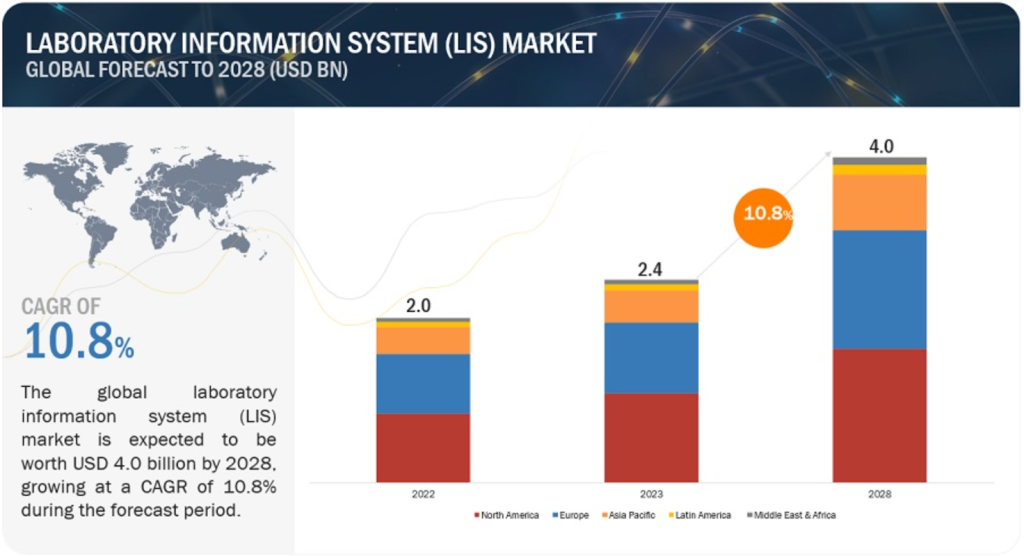
This growth indicates a fundamental shift in how multi-site healthcare providers manage laboratory work. As healthcare transitions from standalone hospitals to large networks, managing lab operations becomes more complex. For these organizations, custom LIS solutions are crucial for smooth operations.
The Multi-Site Challenge: Complexity Meets Opportunity
Healthcare consolidation is reshaping the industry, with 47% of physicians in hospital systems in 2024, a significant increase from under 30% in 2012. In 2024, there were 72 hospital mergers announced, and from 1998 to 2021, there were 1,887 mergers. This trend leads to large multi-site networks with complex laboratory workflows, complicating integration efforts.
Over 14 billion clinical lab tests are performed every year. That is more than any other medical service. In 2021, Medicare spent $9.3 billion on laboratory testing, a 17% increase from the year before. For multi-site networks, that means billions of individual results to track and manage accurately.
Quantifiable Benefits of Custom LIS Implementation
The global clinical laboratory testing market is enormous. It was valued at USD 125.94 billion in 2024 and is projected to reach USD 213.04 billion by 2030. Within this, in vitro diagnostic testing accounts for 1.4% – 2.3% of total healthcare spending. That is billions of dollars each year that could be optimized through better LIS integration.
Custom LIS platforms bring real results:
- Cost reductions of 25% to 50%, freeing up resources to improve care
- Fewer diagnostic errors across all testing phases
- Improved workflows that reduce duplicate tests
- The ability to incorporate genomic data for better insights
For multi-site healthcare systems, these improvements are multiplied across every location, making the return on investment even stronger.
Standardization: The Key to Multi-Site Success
Standardizing laboratory processes across multiple sites is a huge challenge. But it is also essential for keeping operations consistent, reducing errors, and ensuring compliance.
The good news is that custom LIS platforms can make this possible without taking away the flexibility that certain sites need for specialized testing or unique patient populations.
With hospital consolidation continuing and the top 10 health systems now controlling 24% of the market, standardization is no longer optional. It is the foundation for success in a complex healthcare environment.

Why Hospitals Are Shifting to Custom LIS Solutions?
Hospitals are shifting from generic software to Custom LIS solutions to better meet unique workflows and patient needs. These tailored systems improve efficiency, accuracy, and integration across departments, making them popular in modern healthcare.
1. Alignment with Specialized Clinical Needs
Hospitals operate with diverse departments and specialized labs, each requiring unique workflows. Custom LIS solutions are tailored to meet department-specific needs, ensuring lab systems align with clinical requirements, improving accuracy and efficiency in diagnostic processes.
2. Flexibility to Adapt to Technological Advances
Healthcare technology evolves rapidly. Custom LIS solutions are designed to adapt to new diagnostic tools, AI integrations, and laboratory automation, allowing hospitals to stay technologically competitive without costly system replacements.
3. Data Security & Regulatory Compliance
Healthcare systems handle sensitive patient data and must comply with regulations such as HIPAA, GDPR, or local laws. Custom LIS solutions ensure built-in compliance measures and robust security protocols, safeguarding patient information while meeting regulatory requirements.
4. Seamless Hospital Integration
Custom LIS solutions can be designed to integrate seamlessly with Electronic Health Records (EHR), Radiology Information Systems (RIS), and other hospital management tools. This ensures smooth information flow and reduces manual errors across departments.
5. Real-Time Analytics & Reporting
Custom LIS platforms provide tailored reporting features and analytics tools that deliver real-time insights into lab performance, resource utilization, and diagnostic accuracy, enabling hospitals to make faster, data-driven decisions.
6. Long-Term Cost Effectiveness
While custom LIS solutions require higher upfront investment, they deliver long-term savings by reducing workflow inefficiencies, minimizing error rates, lowering maintenance costs, and improving operational productivity.
7. Enhanced Patient Outcomes
By enabling faster, accurate diagnostics and streamlined workflows, custom LIS solutions directly contribute to improved patient care and satisfaction, fostering trust and strengthening the hospital’s reputation.
Key Features of a Custom LIS for Multi-Site Healthcare Providers
A custom LIS for multi-site healthcare providers must unify workflows while allowing flexibility for site-specific operations. Our focus is on building features that enhance efficiency, improve interoperability, and ensure accurate reporting across all locations within a single integrated system.
1. Centralized Multi-Site Order Management
A unified platform handles diagnostic test orders across multiple facilities, ensuring accurate routing and minimizing duplicate requests. This improves efficiency and guarantees that every test reaches the right lab at the right time.
2. Advanced Sample Tracking with Inter-Lab Logistics
Barcode-enabled systems track specimens from collection to reporting, with real-time visibility across locations. This prevents lost samples, reduces turnaround time, and ensures accountability at every step of the process.
3. Interoperable EHR/EMR Integration Across Sites
The LIS connects seamlessly with different hospital systems, enabling a consistent flow of patient and test data across all facilities. This eliminates silos and provides clinicians with complete visibility into patient records.
4. Role-Based Access & Multi-Site User Management
Configurable access levels allow administrators, doctors, and lab staff to operate securely across multiple facilities. This ensures data confidentiality while improving accountability and compliance with industry standards.
5. Reporting & Analytics Dashboard
A single dashboard aggregates lab results, patient data, and performance metrics from all facilities. This empowers healthcare leaders to make informed, data-driven decisions for improving efficiency and patient outcomes.
6. Compliance & Accreditation Readiness
The system includes built-in features that align with HIPAA, CLIA, NABL, and other regulatory standards. Automated compliance reporting reduces audit risks and supports accreditation processes with minimal manual effort.
7. Disaster Recovery & Data Synchronization
Robust backup systems and cross-site synchronization keep lab operations running smoothly during outages. This ensures that patient records and test data are always secure and accessible, regardless of location.
8. Customizable Workflows for Each Facility
Each laboratory can configure workflows to match its size, specialization, and operating style while staying aligned with the central system. This flexibility supports both small clinics and large hospitals alike.
9. Scalable Infrastructure for Expansion
A cloud-native or hybrid architecture allows healthcare providers to easily add new labs or sites without disruptions. This ensures long-term adaptability as networks expand or service demand grows.

Custom LIS Development Process for Multi-Site Healthcare Providers
For multi-site healthcare providers, an efficient Laboratory Information System (LIS) is essential to streamline lab operations, ensure accurate data management, and maintain compliance across all locations. Our approach focuses on custom LIS development tailored to each site’s specific needs.
1. Requirements Gathering & Analysis
Our developers will work closely with stakeholders across all sites to analyze existing workflows, gather site-specific requirements, and document integration needs with EMR, billing, and diagnostic systems. This ensures the LIS is fully aligned with operational goals and regulatory compliance.
2. System Architecture & Design
We will design a scalable LIS architecture tailored for multi-site operations, balancing centralization and local flexibility. Our team ensures data standards, interoperability, and security measures are incorporated, allowing seamless integration with instruments, EMRs, and reporting systems across all healthcare facilities.
3. Custom Development
Our developers will build core LIS modules including sample tracking, test management, and reporting, while adding site-specific customizations like dashboards and reference ranges. APIs will be developed for smooth communication with EMRs, instruments, and inventory systems, ensuring efficient multi-site functionality.
4. Data Migration & Validation
We will consolidate legacy data from all locations, perform data cleaning and mapping, and conduct test migrations. Our team validates accuracy and compliance, ensuring that critical patient and laboratory data is migrated seamlessly into the new LIS without disruption to operations.
5. Testing & Quality Assurance
Our QA team will perform unit, integration, and user acceptance testing across all sites. We will validate workflows, instrument integration, and system performance under peak loads to guarantee the LIS operates reliably and meets both regulatory and operational requirements.
6. Training & Change Management
We provide comprehensive guidance and support during LIS adoption, including detailed manuals, quick reference guides, and hands-on assistance. Our team ensures smooth transition, clear understanding of workflow improvements, and higher user adoption across all sites.
7. Deployment & Go-Live
We implement a phased rollout, monitoring each site carefully. Our developers handle parallel operations, track performance, and resolve issues quickly. We ensure that the LIS operates smoothly from day one, minimizing disruptions while providing centralized support and oversight.
8. Maintenance & Continuous Improvement
Our team performs regular system updates, performance monitoring, and user feedback integration. We continuously enhance LIS features, ensure compliance updates, and support expansion across new sites, maintaining optimal efficiency and data integrity for multi-site healthcare providers.
Cost of Custom LIS Development for Multi-Site Healthcare Providers
Understanding custom LIS development costs helps multi-site healthcare providers plan and allocate resources effectively. We offer transparency in investment areas to support scalability, compliance, and operational efficiency.
| Development Phase | Estimated Cost | Description |
| Requirements Gathering & Analysis | $8,000 – $15,000 | Identify hospital needs, workflow requirements, and regulatory compliance. Document functional and technical specifications for the LIS. |
| System Architecture & Design | $10,000 – $18,000 | Design scalable, secure, and modular LIS architecture. Include database design, module layout, and integration points with other hospital systems. |
| Custom Development | $20,000 – $35,000 | Develop core LIS modules including lab order management, result tracking, reporting, and integration with EMR/EHR systems. |
| Data Migration & Validation | $5,000 – $10,000 | Migrate historical lab data, validate accuracy, and ensure compatibility with the new LIS while maintaining data integrity. |
| Testing & Quality Assurance | $7,000 – $12,000 | Conduct functional, performance, security, and usability testing to ensure the LIS is reliable, accurate, and compliant. |
| Training & Change Management | $3,000 – $6,000 | Provide comprehensive guidance, detailed manuals, and hands-on support to ensure smooth adoption |
| Deployment & Go-Live | $7,000 – $12,000 | Deploy the LIS in hospital environments, configure live data, and ensure seamless operation during initial usage. |
| Maintenance & Continuous Improvement | $10,000 – $14,000 | Provide ongoing support, updates, bug fixes, and feature enhancements to optimize LIS performance over time. |
Total Estimated Cost: $70,000 – $135,000
Note: This is an estimated cost breakdown that outlines the major phases of building a hospital LIS system and the investment required at each stage. Consult with IdeaUsher to get a detailed, tailored estimate aligned with your objectives.

Tech Stack Recommendation for Custom LIS Development
Developing a custom LIS for multi-site healthcare providers requires a scalable, secure technology stack to manage complex workflows and sensitive patient data. Choosing the right programming languages, frameworks, and databases ensures seamless integration, reliability, and maintainability.
1. Backend Development
The backend forms the foundation of the LIS, ensuring security, interoperability, and efficient handling of lab operations across multiple sites.
- Java (Spring Boot): A robust enterprise-grade framework that supports large-scale healthcare applications with built-in security and integration capabilities.
- .NET Core: Microsoft’s cross-platform framework, ideal for hospitals already within the Microsoft ecosystem, offering strong performance and compliance-ready infrastructure.
- Python (Django/FastAPI): Lightweight yet powerful frameworks that enable faster development cycles, especially useful for AI/ML integrations and data-heavy workflows.
2. Frontend Development
The frontend must provide a seamless and intuitive experience for doctors, lab staff, and administrators, accessible across desktops and mobile devices.
- React.js: A popular JavaScript library offering reusable UI components and smooth real-time updates, ideal for dynamic lab dashboards.
- Angular: A full-fledged framework that provides structured development for complex UIs, ensuring consistency across multi-site access points.
- React Native / Flutter: Enables cross-platform mobile app development, ensuring that LIS features are accessible on both Android and iOS for staff on the go.
3. Database Management
Given the massive amount of structured and unstructured lab data, the database layer must be reliable, secure, and scalable.
- PostgreSQL: An advanced relational database, perfect for handling structured patient records, test results, and billing information.
- MySQL: Lightweight, fast, and highly reliable for transactional healthcare data management across multiple labs.
- MongoDB: A NoSQL option designed to handle unstructured data like lab images, pathology reports, and free-text notes.
4. Cloud & Infrastructure
Cloud platforms ensure scalability, remote access, and disaster recovery, which are vital for multi-site operations.
- AWS (Amazon Web Services): Offers HIPAA-compliant services with advanced scalability, ideal for hospital networks expanding across geographies.
- Microsoft Azure: Seamlessly integrates with Microsoft’s ecosystem, making it easier for providers already using Azure Active Directory and Office tools.
- Google Cloud: Known for its strong AI/ML integration, making it a good choice for labs planning advanced data analytics.
5. Interoperability & Integration
Interoperability ensures smooth communication with EHR/EMR systems across different hospitals, reducing data silos.
- HL7 (Health Level 7): A long-standing standard for exchanging medical and clinical data across systems.
- FHIR (Fast Healthcare Interoperability Resources): A modern standard designed for fast, flexible data exchange, enabling LIS to connect seamlessly with EHR/EMR platforms.
6. Security & Compliance
Since LIS systems handle sensitive patient data, strong security and compliance frameworks are non-negotiable.
- AES-256 Encryption: Industry-standard encryption for data at rest, ensuring patient data is protected even in backups.
- TLS 1.3: Secures data in transit during lab-to-hospital or lab-to-cloud communication.
- OAuth 2.0 & RBAC (Role-Based Access Control): Ensures secure access by verifying user identities and assigning role-specific privileges.
7. Testing & Automation
Testing guarantees reliability, accuracy in test results, and flawless multi-site functionality.
- Selenium: A widely used tool for automating frontend testing of dashboards and user workflows.
- JUnit: A Java-based framework for unit testing backend logic and APIs.
- Postman: Essential for testing healthcare APIs to ensure smooth EHR/EMR integration.
- Cypress: Provides end-to-end testing for modern web applications with real-time debugging features.
8. DevOps & Deployment
A DevOps setup ensures continuous updates without disrupting lab operations, which is critical in healthcare.
- Docker: Containerizes applications, ensuring consistent performance across environments.
- Kubernetes: Manages container orchestration, scaling resources automatically as workload increases.
- Jenkins/GitHub Actions: Automates CI/CD pipelines, reducing downtime during updates and upgrades.
Challenges & How to Overcome Them?
Developing a custom LIS for multi-site healthcare providers involves addressing technical, operational, and regulatory challenges. Tackling these effectively ensures smooth data flow, compliance, security, and high user adoption across all locations.
1. Data Integration Across Multiple Sites
Challenge: Different sites often use varying legacy systems, which can disrupt seamless data exchange and create inconsistencies in laboratory results across the network.
Solution: Our developers will implement HL7/FHIR standards and middleware to unify data exchange. We will pilot integration at one site first to ensure smooth interoperability across all locations.
2. Maintaining Regulatory Compliance
Challenge: Multi-site healthcare providers must adhere to regulations like HIPAA, GDPR, and HL7, which differ across regions and require constant monitoring.
Solution: We will integrate compliance features into the LIS from the start, including audit trails, encryption, and role-based access control. Our team will continuously monitor updates to maintain alignment with regional regulations.
3. Ensuring Scalability & Performance
Challenge: Large multi-site operations generate high volumes of lab data, and the LIS must handle increasing transactions without slowing down or causing errors.
Solution: Our developers will design the LIS on cloud infrastructure with a microservices architecture. We will optimize data pipelines and load balancing to maintain consistent performance across all sites.
4. Customization vs. Standardization Balance
Challenge: Excessive customization complicates maintenance, while too much standardization limits the LIS’s usefulness across diverse sites.
Solution: We will define a standard LIS workflow while creating configurable modules for site-specific needs. Our developers will ensure flexibility and maintainability while tailoring the LIS to operational requirements.
Conclusion
Adopting a Custom LIS approach allows multi-site healthcare providers to unify laboratory operations, improve data accuracy, and enhance communication across locations. By tailoring the system to specific organizational needs, hospitals can streamline workflows, reduce errors, and enable faster, more reliable diagnostic processes. A well-designed LIS supports scalability, operational efficiency, and compliance with healthcare standards, ensuring consistent service quality across all sites. Investing in custom solutions empowers providers to respond effectively to patient needs, optimize resources, and maintain a high level of clinical excellence across their network.
Why Choose IdeaUsher for Custom LIS Development?
At IdeaUsher, we specialize in building Laboratory Information Systems tailored for multi-site healthcare providers. Our expertise ensures seamless lab operations, accurate data management, and integration with hospital systems, helping providers enhance patient care and operational efficiency.
Why Work with Us?
- Healthcare-Focused Expertise: Our team understands the complexities of lab workflows and compliance requirements, delivering solutions that align with your operational needs.
- Custom Solutions: From planning to deployment, we provide fully customized LIS platforms that scale with your network.
- Proven Results: We’ve successfully implemented systems that improve efficiency, reduce errors, and support multi-location healthcare operations.
Explore our portfolio to see how we have helped healthcare networks streamline their lab operations.
Reach out today for a consultation, and let us help you implement a robust LIS that elevates patient care and operational management.
Work with Ex-MAANG developers to build next-gen apps schedule your consultation now
FAQs
Custom LIS development allows multi-site healthcare providers to standardize lab processes across locations. It ensures consistent quality, improves data accuracy, and enhances communication between sites while addressing unique operational requirements.
Essential functionalities include test management, sample tracking, automated reporting, and integration with hospital management systems. These features enable efficient workflows, reduce errors, and support timely delivery of accurate diagnostic results.
Custom LIS development ensures adherence to healthcare regulations by incorporating audit trails, secure data storage, and standardized reporting. This supports compliance with industry standards and protects patient information across multiple facilities.
Yes, a custom LIS is designed for scalability. It can accommodate additional sites, higher testing volumes, and evolving operational needs, ensuring consistent performance, efficiency, and quality as the healthcare network expands.
